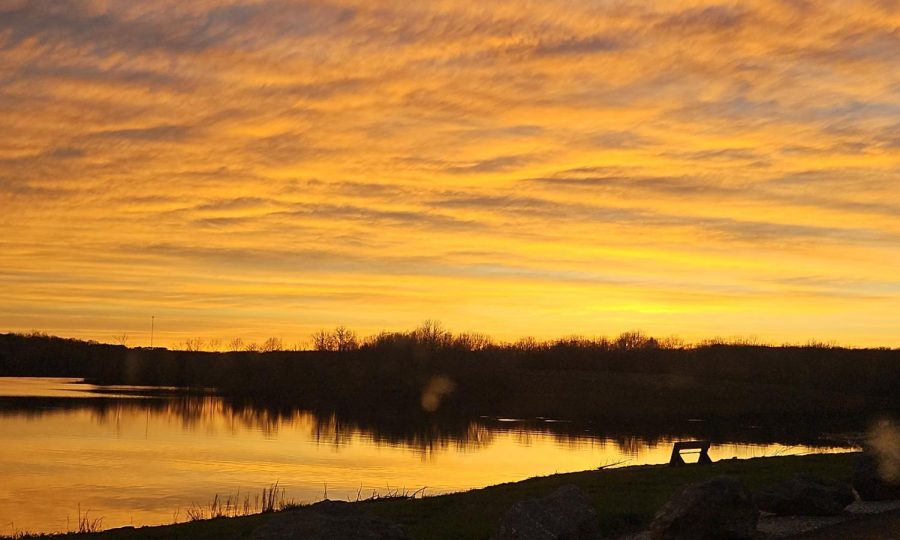If you’ve ever read Jean Craighead George’s My Side of the Mountain or perhaps Gary Paulsen’s Hatchet, you’re familiar with the almost primal urge to run away from the world. If you’re not, get ready to be.
Life in the modern world requires mounds of monotonous daily tasks, from bringing in the groceries to being stuck in traffic. Yearning for a simpler time- one where the daily tasks include frolicking in fields and perhaps small streams- is becoming ever more present in our society. However, the outdoor lifestyle isn’t all tomfoolery. To safely spend time outside, there are certain things you need to know.
Sophomore and outdoorsman Landen Schaper has experience in the field.
“[Campers] should have a fire starter,” recommended Schaper. “There’s a whole lot of different ones you can get. [You can get] ones that are strikers, with a square or a rectangle of flint and then it’s got a steel striker. There’s other ones that are like pull caps. You just do that, then toss. Matches work too.”
Being able to light a fire is an essential skill when it comes to being outdoors. It allows you to cook food, boil water, and stay warm in cool weather. According to Scout Life, the first step of starting a fire is collecting tinder- dry, easily ignitable material. This can include dead leaves, pine needles, and small pieces of tree bark. Next, gather kindling that’s small enough to easily catch fire but large enough to burn for a few minutes. Large twigs or chunks of tree bark should do the trick. Lastly, fuel is needed to keep the fire burning. Branches about the width of an arm are good to start with, and then larger logs may be used. Arrange the tinder in a pile with some kindling on top of it. Using a match or lighter, ignite some tinder on the bottom of the pile, in a spot where the wind won’t immediately blow it out. Adjust the tinder as needed, so that it is on top of where the tinder is burning. Exercise caution to avoid touching the flames.
Another necessary item for outdoor enthusiasts is an emergency medical kit. These can be bought prepackaged, or you can pack your own. Schaper believes that there are some things which should always be included.
“Purification tablets, and then a knife or something also helps to have,” said Schaper. “Antibiotic creams… you might want to get a small stitching kit.”
Among other items, the Mayo Clinic suggests packing super glue, instant cold packs, emergency blankets, cotton balls, duct tape, hand sanitizer, antibiotic ointment, anti-diarrheals, and aspirin.
Also crucial for time outdoors is protection against the elements.
“Build a tent or shelter,” said Schaper.
Shelter comes in many forms. An easy shelter to build is a lean-to. Find a large fallen tree, preferably on high ground in case of flooding. Cover the ground underneath it with dead leaves and pine needles to help insulate it. Then, prop up fallen branches against the side of the tree so that you can crawl in under them. Continue propping up branches until you have a roof. After this, cover the top with leaves and other insulators to make it waterproof. This shelter will serve to keep you mostly dry and out of the wind.
Schaper’s last required element for spending time outdoors is previous knowledge.
“Try to get to know your area before you do [go out],” said Schaper.
This can be in the form of maps, images, or descriptions from other people who are already familiar with the space. Most conservation areas offer maps, either online or at the site. Being aware of your surroundings can save you not only from getting lost, but also from taking incorrect “shortcuts” which will lead to longer trips, going in circles, and keep you from interrupting wildlife.
Relishing nature’s beauty is an amazing way to relieve stress and have some fun. Howbeit, make sure you’re doing it safely. Hypothermia, getting lost, and unfortunate encounters with wildlife are all surefire ways to ruin the chipper mood that comes with fresh air.









